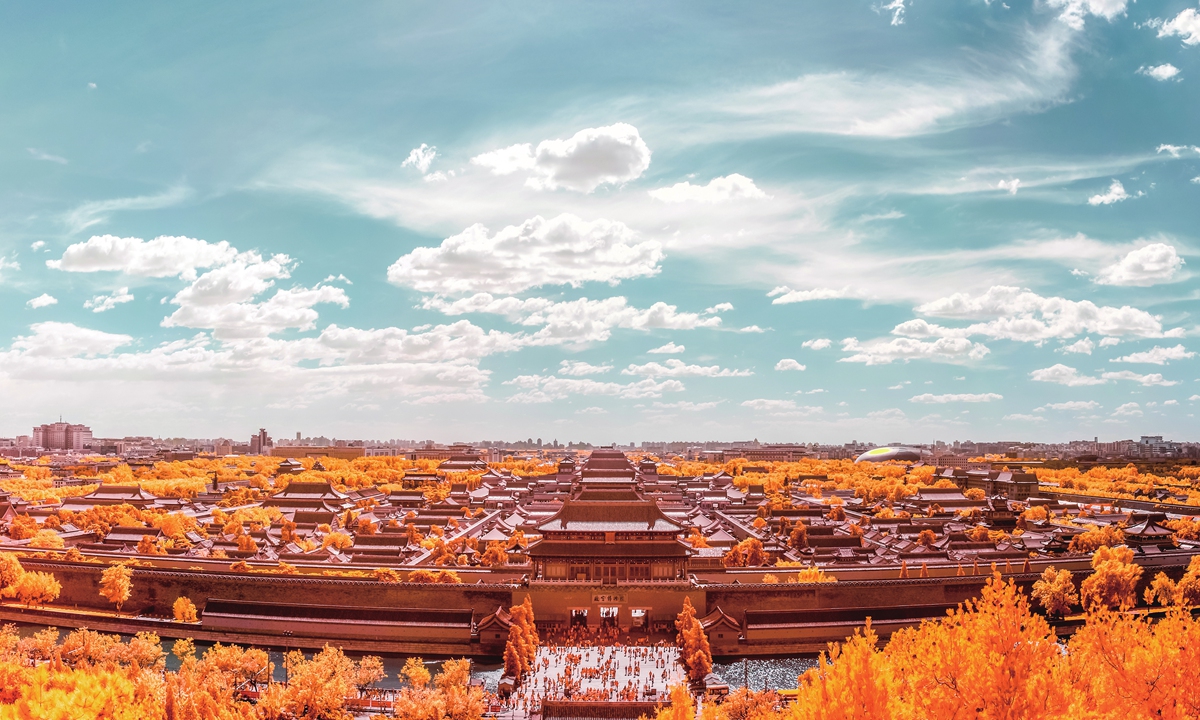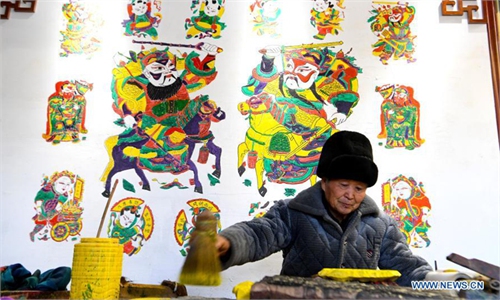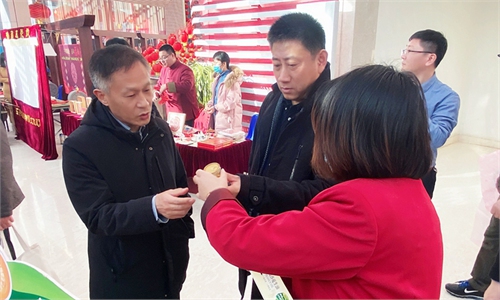ARTS / CULTURE & LEISURE
Beijing Central Axis’s application for world cultural heritage status enters the home stretch

The Forbidden City Photo: VCG
The world cultural heritage application for the Beijing Central Axis has entered into the home stretch as renovation work continues, according to a statement from the application team on Monday.The Beijing Central Axis refers to the core area of the old city that stretches 7.8 kilometers from the Yongding Gate in the south to the Bell Tower and Drum Tower in the north. The axis was first built in the Yuan Dynasty (1279-1368) and has been gradually perfected since the Qing Dynasty (1644-1911).
Lü Zhou, the head of the application team and director of the National Heritage Center of Tsinghua University, told the Global Times that the aim of the world cultural heritage application is to preset Chinese history through the central axis.
“The Beijing Central Axis application for the world cultural heritage is currently dashing toward the finish line,” Lü said.
Beijing, with a history dating back more than 3000 years as a city and a history of more than 800 years as a capital, has a population of more than 20 million. Lü pointed that the protection work of the ancient city is still quite challenging and requires the joint efforts of the whole society.
Beijing has made great efforts to relocate a number of companies and residents that have improperly lived in cultural buildings for a long time, while also launching a number of cultural relic protection and restoration projects to gradually improve the heritage of the central axis and expand public cultural venues.
In early 2021, comprehensive renovation work was carried out on the Drum Tower (Gulou), while protection and repair projects at Qianmen Gate and the Arrow Tower have been approved.
“The Beijing Central Axis reflects life in Beijing. In the future, people can climb up and look at the central axis of Beijing and feel the rhythm and vitality of the capital,” said Lü.
In 2012, the Central Axis itself was included on UNESCO’s Tentative List for World Cultural Heritage Site nominations. The central axis has identified 14 heritage sites, including Tiananmen Square, Yongding Gate, and Temple of Heaven, covering 60 percent of the area of old Beijing city.




